Textiles and footwear in a greening spiral
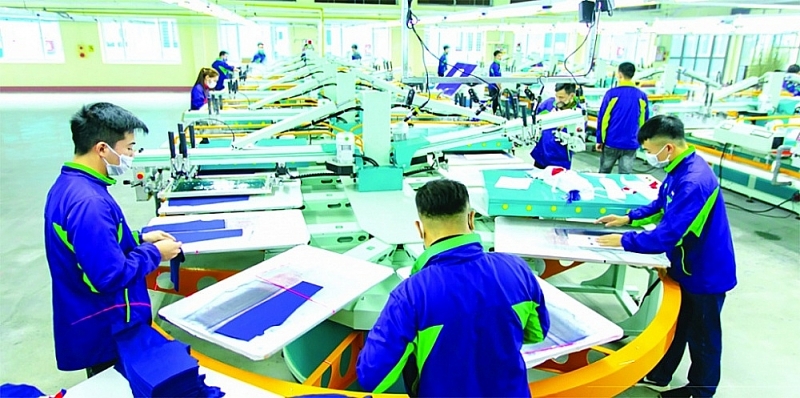 |
| TNG Investment and Trading Joint Stock Company has constructed and put into operation green factory projects according to LEED and Lotus standards. Photo: ST |
Pressure surrounds
The trend of using environmentally friendly products is expected to continue to increase in the coming years because governments of developed countries have been promulgating a series of regulations to combat climate change and protect the environment. These include the EU Sustainable and Circular Textiles Strategy introduced in June 2023; The EU's Ecodesign for Sustainable Products Regulation (ESPR) will come into full effect in 2025, setting minimum design standards for fabric recyclability, durability, reusability, the ability to repair and use toxic substances for products sold in the EU... Besides, in order to limit "greenwashing", the EU also plans to issue a Directive on green claims (EU's Green Claim Directive).
Accordingly, brands' sustainability claims will have to be specific and backed by data, verified by an independent agency, and communicated carefully. This regulation will motivate brands to choose suppliers more carefully.
| Similar to the EU, the US also has many regulations on sustainable development related to textiles and garments such as Climate Corporate Data Accountability Act and Responsible Textile Recovery Act. in California; New York Fashion Sustainability and Social Responsibility Act; Fabric Act; Americas Trade and Investment Act; Act on the Prevention of Forced Labor for Uyghurs,... |
In fact, in 2023, Vietnam will fall short of Bangladesh on the path to greening, leading to the loss of many opportunities with European orders. Vietnam's rival in the textile sector has 153 factories meeting LEED (green building certification) standards by 2023 and an additional 500 factories are applying for this certification. This has created pressure on Vietnamese textile and garment enterprises to move faster on the green transformation journey.
Mr. Nguyen Huu Nam, Deputy Director of the Vietnam Confederation of Commerce and Industry Ho Chi Minh City branch (VCCI HCM) acknowledged that the wave of sustainable development will create two trends in the business community. Large enterprises will take the initiative in implementing green solutions and overcome and gain advantage in the market battle. Meanwhile, small businesses with limited financial and administrative capacity will be in a passive position with many difficulties in incorporating green solutions into the production process.
However, whether in an active or passive position, businesses have acknowledged that greening is an irreversible "one-way road" in the current context.
What do businesses do?
As a large textile enterprise in Vietnam, Thanh Cong Textile - Investment - Trading Joint Stock Company soon noticed the greening trend in the requirements of major importing countries. Accordingly, since 2017, Thanh Cong Garment has built and focused on investing in R&D activities, researching and developing environmentally friendly product lines from recycled materials, such as polyester, viscose, cotton. The company also gradually improves the efficiency of energy use through improving management quality and increasing the use of clean energy sources and renewable energy, such as using solar power systems for solar power for factories in Vinh Long and are studying to widely apply to other facilities and factories in the near future.
Mr. Tran Nhu Tung, Chairman of the Board of Directors of Thanh Cong Garment, said that the company is applying many programs to treat waste, wastewater, chemical management, reduce energy consumption as well as change fuels. Instead of using coal, this company gradually switched to biomass fuel to reduce carbon emissions. Accordingly, every 10% of biomass replaced will help reduce 2,500 tons of carbon per year. Every month, the company updates and publishes this data on the website, so customers and investors can view and understand the effectiveness of the company's emission reduction.
At Vietnam Textile and Garment Group (Vinatex), the amount of electricity used by member units in 2023 has decreased by more than 2% compared to 2022 thanks to the implementation of energy-saving programs and the use of renewable electricity in production activities. Currently, the total amount of rooftop electricity put into use by Vinatex member units reaches over 17 million kWh, of which many units have rooftop electricity output of over 2 million kWh.
TNG Investment and Trading Joint Stock Company also builds and puts into operation green factory projects according to LEED and Lotus standards in order to bring economic value to businesses and create a friendly and effective working environment for workers, especially contributing positively to environmental protection.
In a recent message sent to shareholders, Mr. Nguyen Van Thoi, Chairman of the Board of Directors of TNG emphasized that when the green trade trend is inevitable, the first steps on the carbon reduction journey today will lay the foundation for sustainable development in the future. According to Mr. Thoi, the challenges for textile and garment enterprises have not stopped as more and more large import markets have introduced new mandatory regulations related to the environment in the supply chain, ecological design regulations, and product regulations. recycled products, textile waste treatment... "Despite high investment costs, green transformation is inevitable and TNG will boldly stay ahead of the curve to continue to maintain its position in the export market” – Mr. Thoi emphasized.
In the field of leather and footwear, Cat Long Company - specializing in producing footwear for export to the US and Japan is also gradually converting production to meet the requirements of markets. Ms. Kieu Thi Tam Anh, Director of Cat Long, said that the company used recycled materials to produce footwear products. In particular, the company's shoe sole products made from rice husks and peanut shells have been exported to Europe for many years.
Although there have been positive steps, costs are still a difficult problem for businesses on the greening journey. Ms. Tam Anh said that rice husk and peanut sole shoe products have prices no higher than regular products. Meanwhile, businesses do not receive any support from the State in developing these products to have more motivation to pursue this path. Even for large enterprises like Thanh Cong Garment, Mr. Tran Nhu Tung also shared that, in a difficult context, they are put under pressure to generate revenue as well as invest in sustainable development goals, because environmental costs are not cheap. Accordingly, businesses want to receive incentives from the State on taxes and loan interest to have resources to invest in green production.
Related News
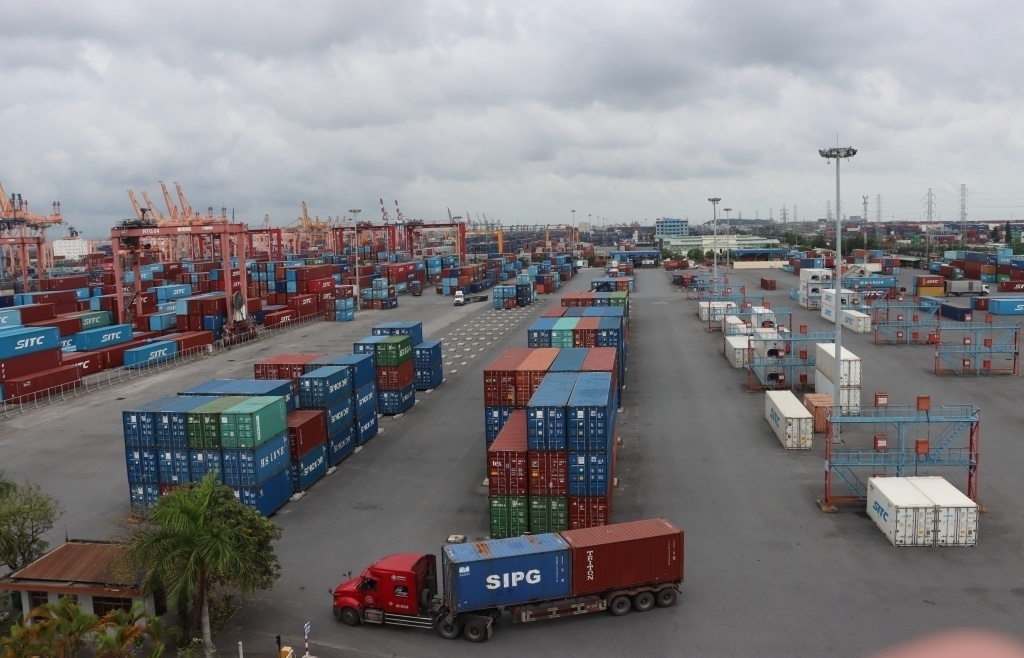
Exports witness a rise of US$1 billion in the first 15 days of 2025
07:49 | 12/02/2025 Import-Export
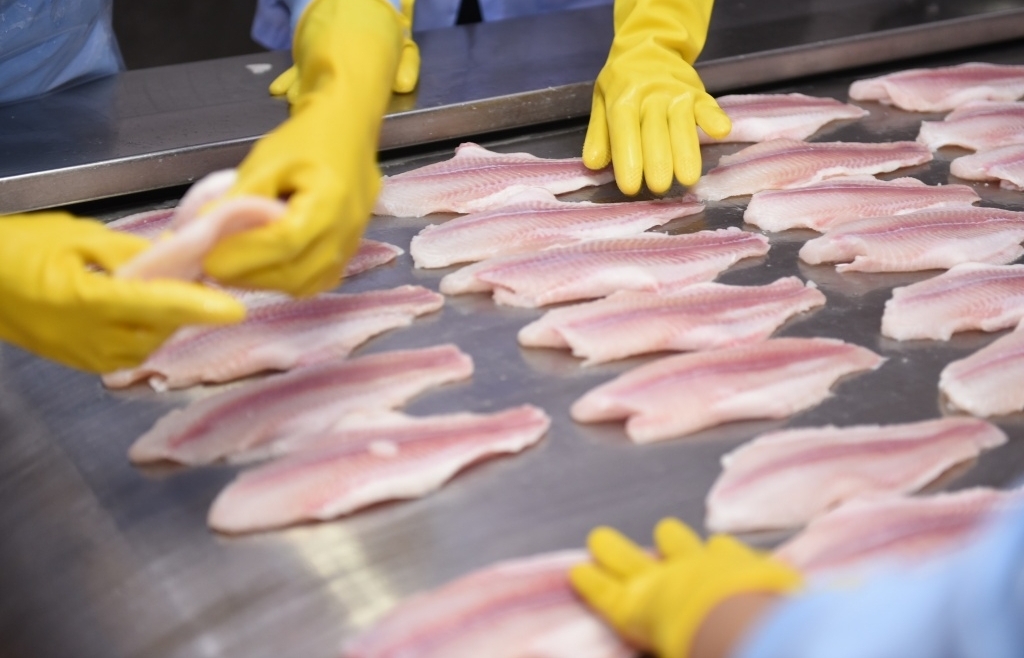
US or China: Who will lead in Vietnamese Tra fish imports?
10:11 | 11/02/2025 Import-Export

Textiles, footwear enterprises need support to green the supply chain
10:22 | 09/12/2024 Import-Export

US trade policy is expected to be "stricter", what should businesses do?
15:50 | 02/12/2024 Import-Export
Latest News

Embracing green exports: a pathway to enter global supply chains
10:33 | 20/02/2025 Import-Export
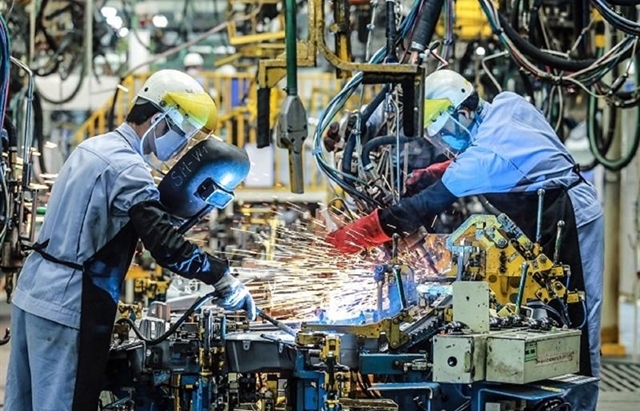
New policy proposed to prevent transfer pricing, tax evasion of FDI enterprises
10:32 | 20/02/2025 Import-Export
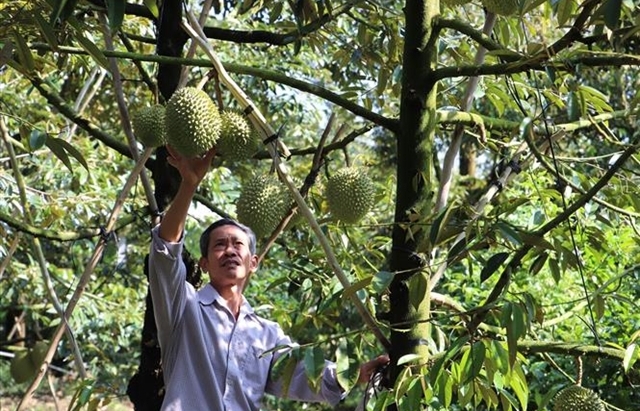
Việt Nam’s durian exports to China plummet by 80%
16:18 | 19/02/2025 Import-Export
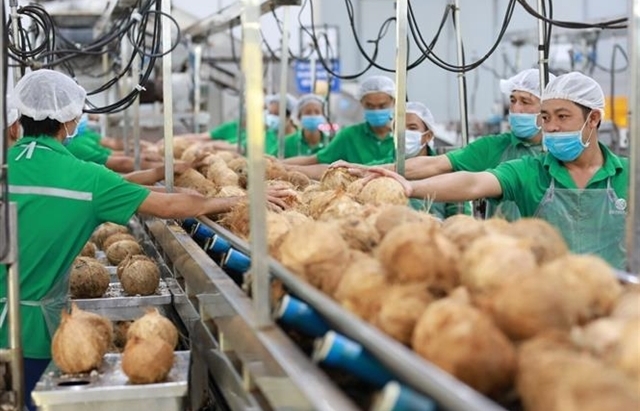
Coconut exports reach 14-year high
15:29 | 18/02/2025 Import-Export
More News

Shrimp exports grow in the first month of 2025
15:28 | 18/02/2025 Import-Export
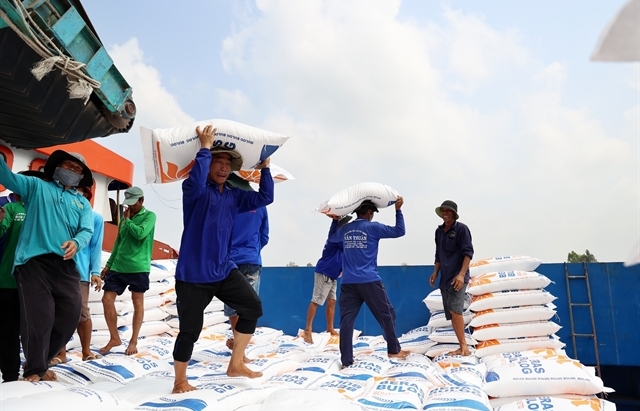
Rice export prices drop, but decline expected to be short-term
08:10 | 17/02/2025 Import-Export
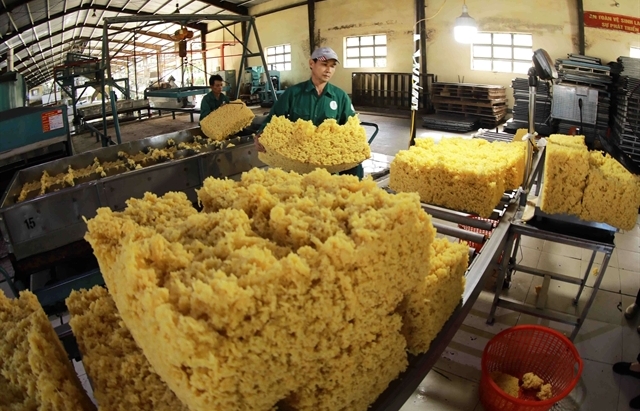
Key agro products expected to maintain export growth this year
08:08 | 17/02/2025 Import-Export
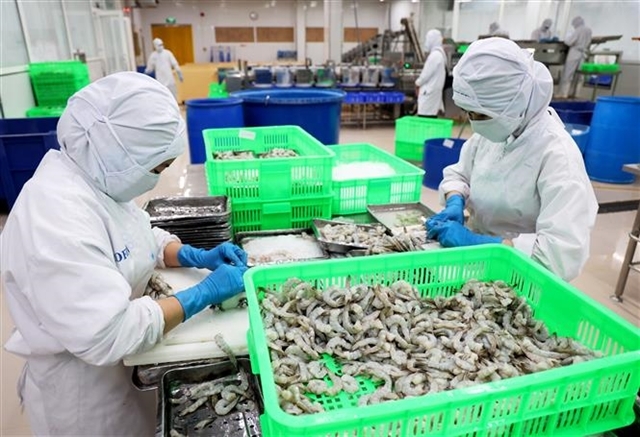
EU issues 12 warnings against Việt Nam’s food and agricultural exports
08:07 | 17/02/2025 Import-Export
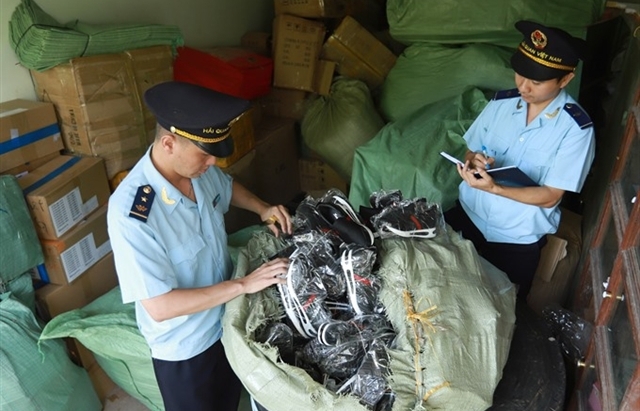
Việt Nam to impose VAT on low-value express-imported goods
08:06 | 17/02/2025 Import-Export

Exchange rate risks need attention in near future
16:31 | 15/02/2025 Import-Export
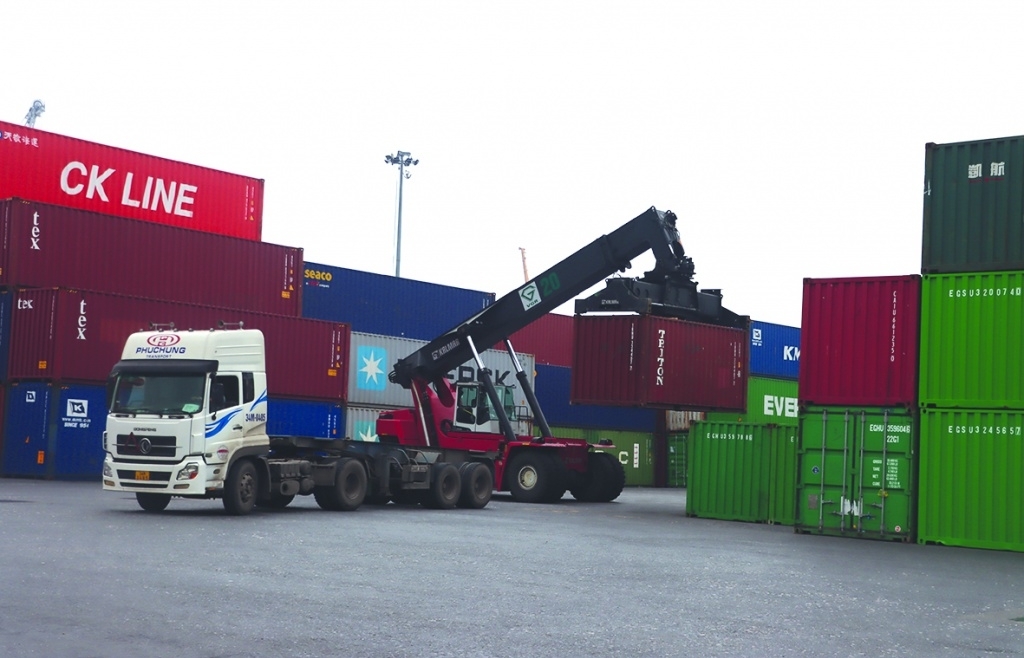
Vietnam kicked off the year with a strong start in trade, exceeding US$63 billion in the first month
16:30 | 15/02/2025 Import-Export
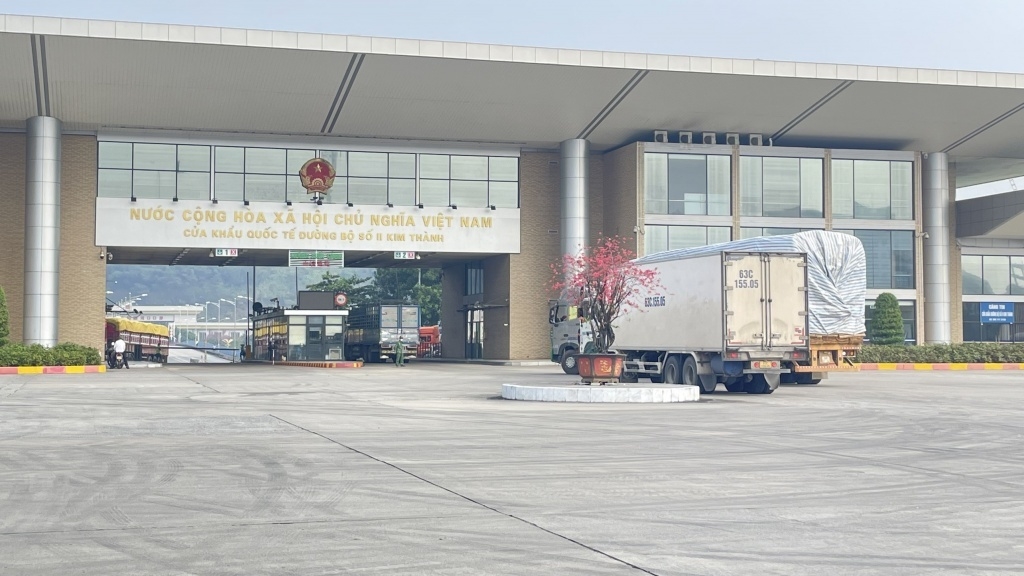
Import and export turnover reaches about US$29 billion in the second half of January 2025
14:52 | 14/02/2025 Import-Export

Market edges up slightly as liquidity remains low
14:48 | 14/02/2025 Import-Export
Your care

Embracing green exports: a pathway to enter global supply chains
10:33 | 20/02/2025 Import-Export

New policy proposed to prevent transfer pricing, tax evasion of FDI enterprises
10:32 | 20/02/2025 Import-Export

Việt Nam’s durian exports to China plummet by 80%
16:18 | 19/02/2025 Import-Export

Coconut exports reach 14-year high
15:29 | 18/02/2025 Import-Export
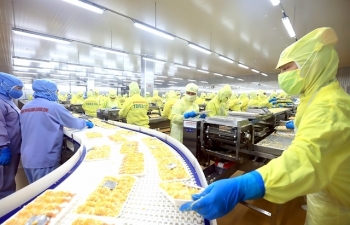
Shrimp exports grow in the first month of 2025
15:28 | 18/02/2025 Import-Export
